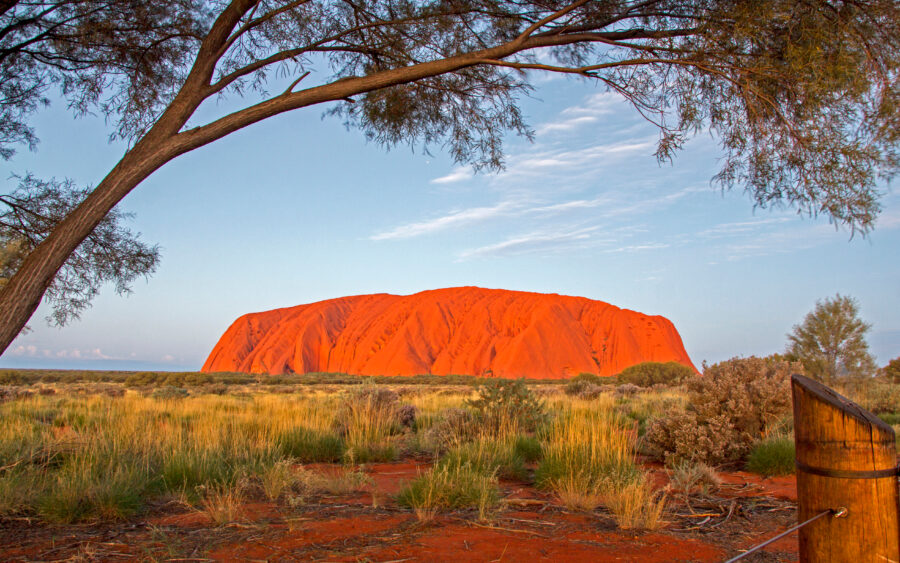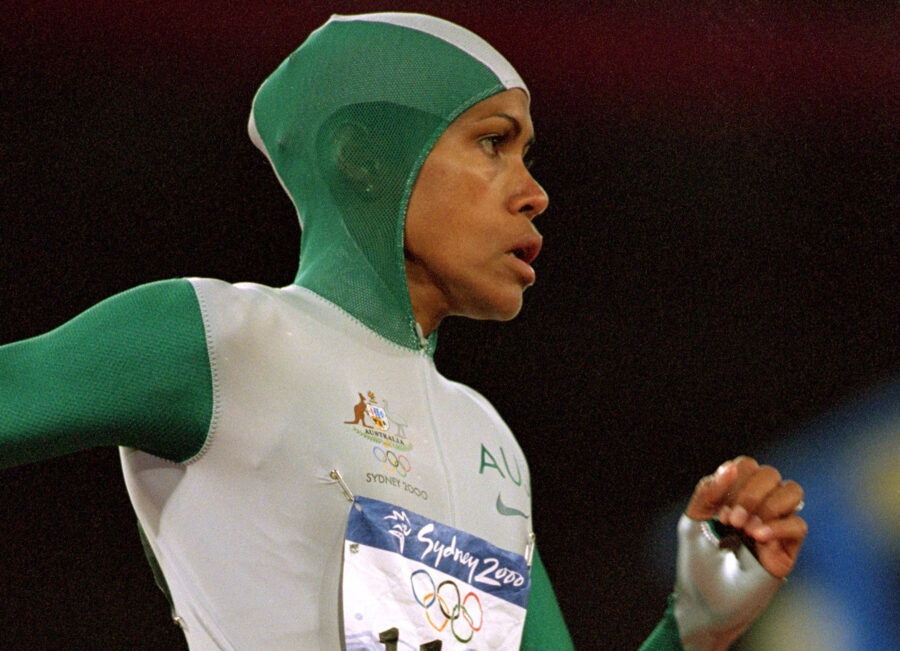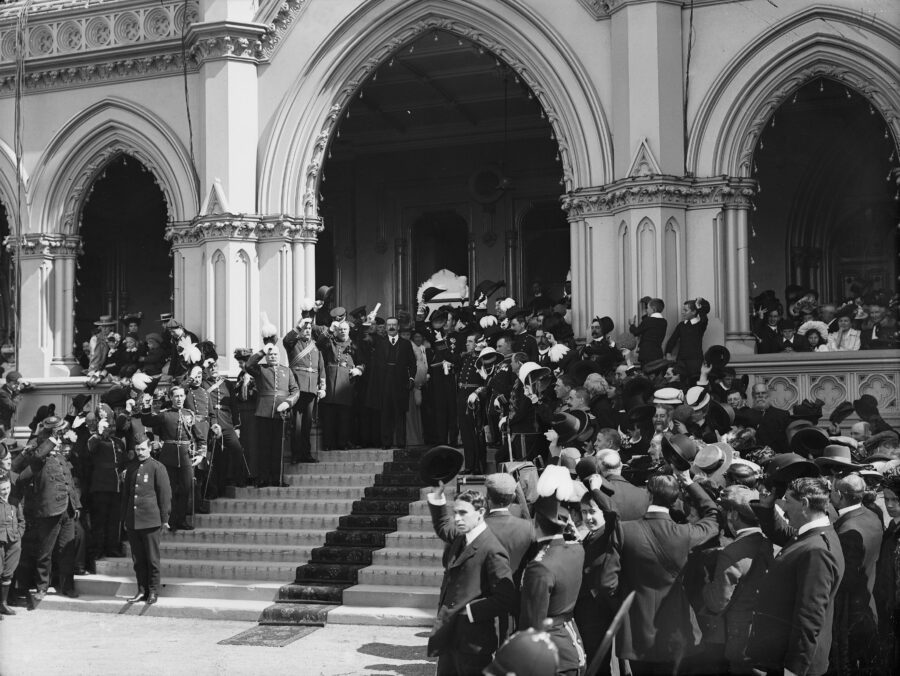On this day: Australia’s first indigenous MP born

ON 28 MARCH 1922, Neville Thomas Bonner was born on a state-issued blanket on Ukerebagh Island in the mouth of the Tweed River in northern New South Wales. There humble beginnings didn’t stop the Jagara infant’s later rise to become Australia’s first indigenous parliamentarian.
In 1979 Neville would not only forge an indigenous first, but he would also become the only sitting politician to ever become Australian of the Year. Today, politicians are exempt from the award while in office and so Neville will most likely continue to hold this distinction.
Neville passed away in 1999; and, although he was a Liberal Party member, he is remembered fondly by both of Australia’s main parties as a fiercely principled politician.
Indeed, on a wide range of issues from foreign policy in East Timor to pension benefits and Commonwealth intervention in Aboriginal affairs, he refused to back party policy that went against his principles.
“He crossed the floor 23 times,” says Libby Stewart, a senior historian at the Museum of Australian Democracy. “He always said that he was a bit of rebel,” she adds, “that he didn’t toe the party line, that he was a proud member of the party, but not a blind member.”
Neville Bonner’s early life
Neville’s upbringing had undeniably been one of disadvantage. As a young boy in the 1920s, his mother tried to defy segregation in NSW schools by sending Neville and his siblings to South Lismore Public School. But the parents of South Lismore pulled their children from class before the first bell had rung.
His father left them early on, and when his mother and then later his grandmother died, 13-year-old Neville was left to make his own way.
More than a decade of swagging followed – banana picking in northern NSW, droving in central Queensland, cane cutting in the north, stints as a dairy hand, boomerang maker, ringbarker and bricklayer.
In 1965 he joined the board of directors of the One People of Australia League (OPAL), a moderate indigenous rights organisation, and became their Queensland president in 1968.
Neville was known as a calm negotiator and like many members of OPAL, after the 1967 referendum gave indigenous people the right join political parties, he signed up to Australia’s Liberal Party.
In 1971 the Queensland Liberals appointed him to a seat in federal parliament, replacing retiring senator, Dame Annabelle Rankin, only the second woman to serve in the Australian Senate. He was elected in his own right in 1972, 1974, 1975 and 1980.
First indigenous parliamentarian
Bonner made a name for himself in the Senate as an advocate for indigenous rights and the environment. Significantly he aided the passage of the Aboriginal Land Rights (Northern Territory) Act (1976), which provides the basis for land rights claims in the NT.
In 1981 he was also the lone government voice opposing a bill that would allow drilling in the Great Barrier Reef.
In a 1992 interview with the Australian Biography Project, Neville said he understood the many responsibilities of his office, but “interwoven through the whole sequence was my almost all-consuming, burning desire to help my own people, the Aboriginal community, to become respected, responsible citizens within the broader Australian community, retaining where desired ethnic and cultural identity. But having all of the opportunities that every Australian, other Australian, white Australian take for granted: education, employment, health, housing and social and economic standing within the community”.
Kabi Kabi woman Boni Robertson, a professor of indigenous policy at Griffith University in Queensland, remembers Bonner as a quiet, dignified and respectful man, fiercely committed to his principles.
“I heard Uncle Neville say that if you are going into battle then you go right into the middle of the boxing ring, you don’t skirt around the edges,” Boni says. “To be able to hold your own and stand tall amid that sort of flow of controversy would have been very difficult, but he did it with great grace.”
Neville Bonner a stalwart figure
Later in his life, Neville described the isolation of being the sole Aboriginal man in Parliament as “worse than being out droving”.
Historian Libby Stewart says Neville was well respected in his community and had strong family ties in both Queensland and NSW, but he was “very much alone” in Canberra.
Indeed as a conservative with an independent streak, Bonner had a number of exchanges with prime ministers Billy McMahon and Malcolm Fraser, says Libby.
“One of my favourite items in our Bonner collection is his pillow, with the red Senate pillowcase, because he said that – while on the floor of the Chamber he was treated as an equal – there was no occasion in downtime that anyone ever asked him to go for a drink.
“He just did his work and then he’d either rest his head in the office or go back to his accommodation.”
Crossing the floor often didn’t endear him to his party colleagues, she says, and eventually led the Liberal Party to relegate Neville to an unwinnable position on its Senate ticket in 1983, bringing an end to his 12-years in Parliament.
But while it ruffled feathers at the time, today Bonner’s principled approach means that he enjoys widespread respect on both sides of the floor.
From an eponymous suburb in Canberra and electoral district in Brisbane, his name and legacy continues to be honoured to this day.
For Griffith’s Boni Robertson, the legacy of Bonner is the indigenous people who’ve followed his trail to the Parliament of Australia: MPs such as Aden Ridgeway of the Australian Democrats, Nova Peris of the ALP and Liberal MP Ken Wyatt.




